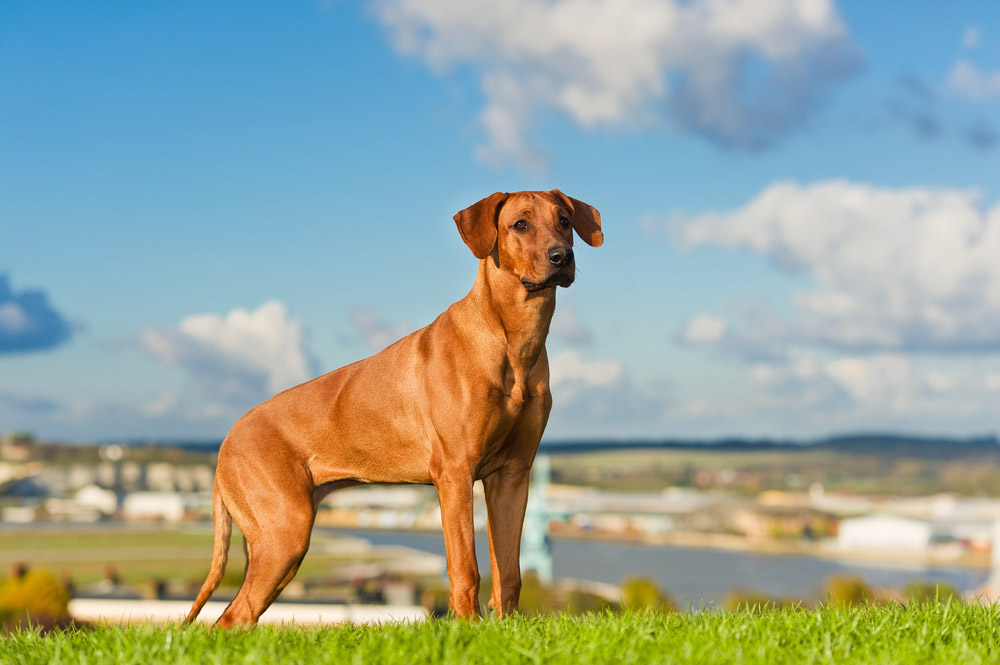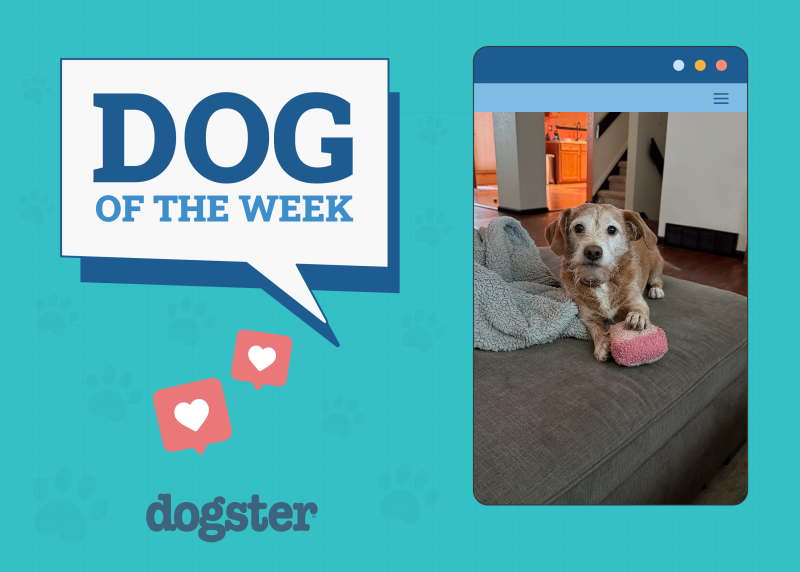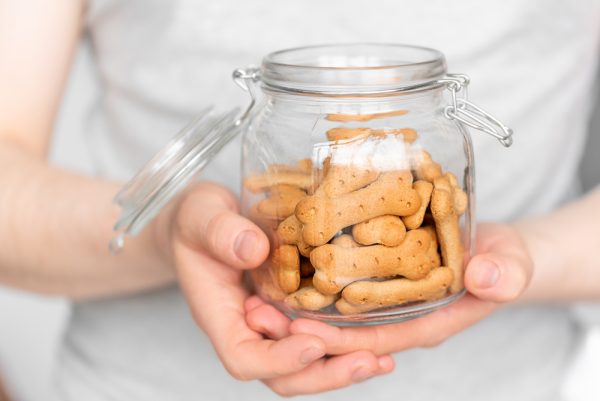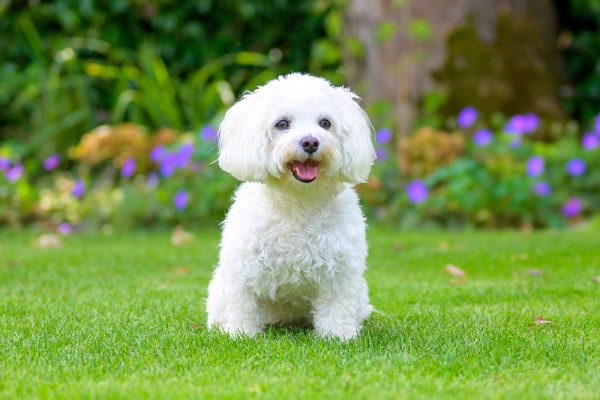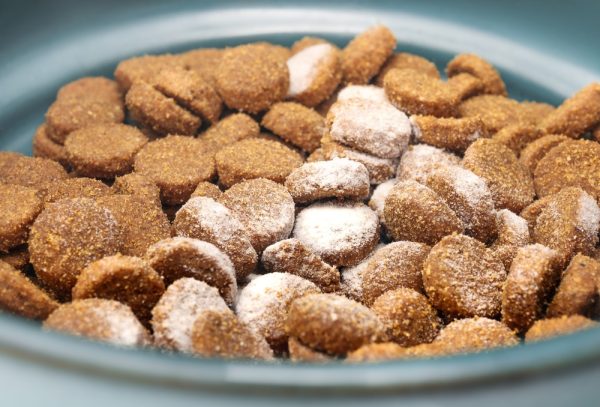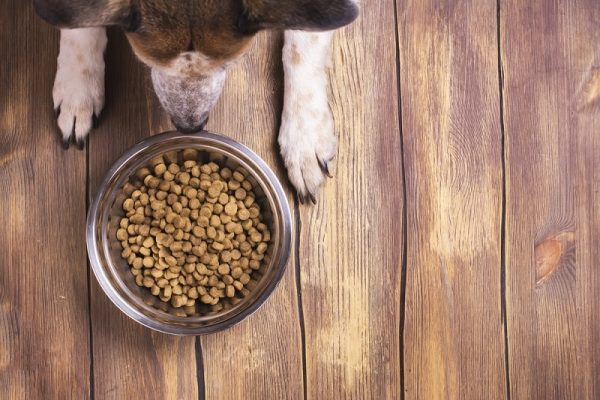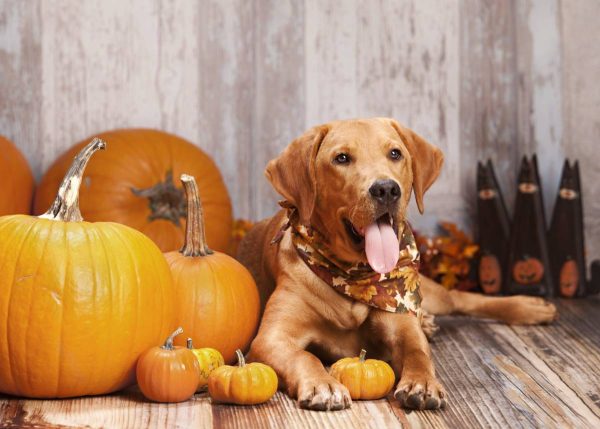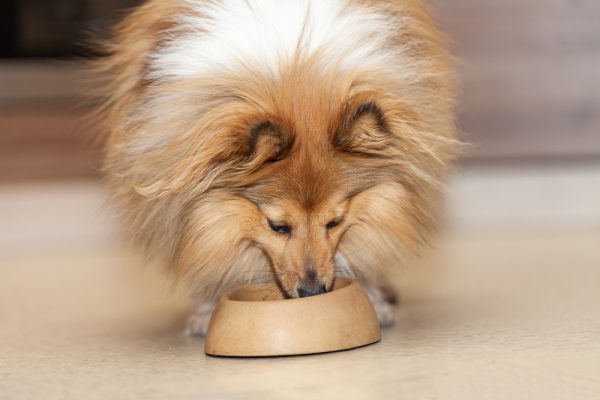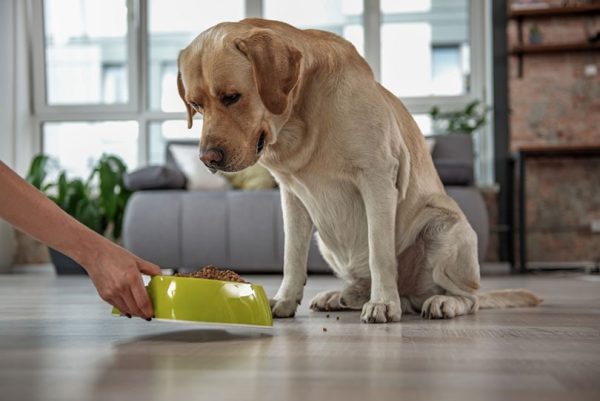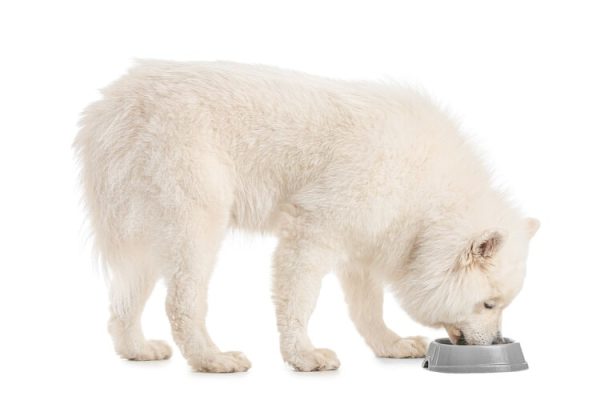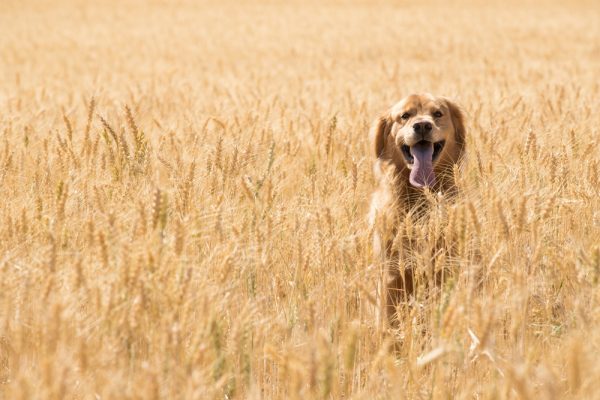In this article
Rhodesian Ridgebacks are a dog breed native from Africa famous for their ability to track, but never kill, lions. They are not a popular breed in the U.S., and some people may not know how to care for them. For instance, are they a hypoallergenic breed?
No, sadly, the Rhodesian Ridgeback isn’t hypoallergenic at all. In fact, no dog breed is. All dogs produce and shed allergens constantly, and the Ridgeback is no exception. That means they can trigger dog allergies to susceptible people. With that said, the Ridgeback has a short, dense coat that sheds a moderate amount throughout the year.
If you find hair throughout your house or on the furniture, it’s going to be very thin and fairly short compared to other fluffier breeds. Unfortunately, less hair doesn’t mean less dander. These skin flakes that are shed by any animal with fur or feathers, are inevitable no matter what breed you buy.
If you’re interested in learning more about the Rhodesian Ridgeback, you’re in the right place. In this article, we’ll be discussing more about their coats, personality, and how to best take care of their grooming needs. Read on below for the details.

About the Rhodesian Ridgeback
Rhodesian Ridgebacks are a relatively recent breed, tracing their lineage to the indigenous ridge-backed dogs of the Khoikhoi people in Southern Africa. European settlers, particularly in the 17th century, noted these dogs’ distinctive ridges and resilience. Over time, they were selectively bred with imported hunting breeds such as Greyhounds, Mastiffs, Bloodhounds, and Great Danes to develop a strong, agile hunting dog. By the early 20th century, this selective breeding led to the modern Rhodesian Ridgeback, which was officially standardized in 1922.
These courageous, athletic dogs make excellent hunting dogs but also fantastic family dogs for the right experienced dog owners who can handle their stubborn streaks. Let’s delve into more about their personalities and appearance below in further detail.

Personality & Character
Bred to track and bay at lions in the unforgiving, harsh African landscape, the Rhodesian Ridgeback retains a fearless loyalty to this day. They bond very closely to their family but need lots of socialization from puppyhood to correct their naturally reserved nature. They’re innately suspicious of strangers but, with proper training, aren’t typically an aggressive breed. Ridgebacks can be a lot of dog for inexperienced dog owners, especially families with kids, and we don’t recommend them around young kids because they can play too rough by accident.
Ideally, a Rhodesian Ridgeback owner would have a few pets under their belt and experience with strong-willed dog breeds. They need firm boundaries and handling to temper their rowdy edges but they eventually mellow out into devoted lap dogs with enough patience and training. Don’t get us wrong, they are extremely affectionate and love to play too. With them you will find your best friend to enjoy time outside!
Appearance & Coat
Rhodesian Ridgebacks weren’t recognized by the AKC until 1955 but their established breed standards go all the way back to 1922 in modern-day Zimbabwe. Their colors are called “wheaten,” which roughly includes all the colors you see in a wheat field year-round. That includes a pale yellow, golden flaxen, brown, burnished copper, and red.
The Ridgeback’s real distinguishing feature is the strangely reversed ridge of hair that grows along their spines. This ridge starts at the shoulders with two wider whorls along the shoulder blades, which tapers to barely cover their spine all the way down to the tail. While the Rhodesian Ridgeback has been bred with a lot of other dogs at this point, the ridge comes from their native African ancestors.
As far as build, Ridgebacks grow up to a muscular 85 pounds, with powerful legs that were bred to run down lions in the savannah. Females tend to grow a little smaller than males, capping out in weight at just 70 pounds.
- You may be interested in: Incredible Rhodesian Ridgeback Colors & Patterns (With Pictures)


Rhodesian Ridgeback Grooming Tips
Shedding is a normal process for any dog, and the Ridgeback makes it easier by shedding a moderate amount of hair. You’ll still need to help their coat stay clean, healthy, and in good condition by utilizing some of our handy grooming tips below.
- Visually inspect your Ridgeback’s coat weekly for skin conditions and remove dead hair with a de-shedding comb.
- Bathe your Ridgeback once a month with an unscented, gentle dog shampoo—more frequently if they like to play in the mud!
- Consider using a grooming mitt or rough-bristled brush to remove the most stubborn dead fur from your dog’s coat.
- Don’t neglect to trim your dog’s nails and check their ears regularly—the coat isn’t the only important part to check regularly.
Although no dog is completely hypoallergenic, regular bathing can help reduce the amount of dander and other allergens in their fur and the air. We highly recommend Hepper's Oatmeal Pet Shampoo for this job!
- Only Natural Pet Shampoo - Our vegan, plant-based formulation is made with safe and natural...
- No Soap - A cat and dog wash free from soaps, glutens, dyes, DEA, sulfates and phthalates means it's...
- Colloidal Oatmeal - Formula soothes and nourishes dry, irritated skin, providing itchy skin relief...
At Dogster, we've admired Hepper for many years, and decided to take a controlling ownership interest so that we could benefit from the outstanding designs of this cool pet company!

Final Thoughts
While the Rhodesian Ridgeback is not hypoallergenic and can trigger allergies in susceptible people, it is an awesome choice if you are looking for a low-shedding dog and you can handle their stubbornness. They only need an occasional appointment with a grooming glove or brush, and their gorgeous coats stay in remarkable shape through all but the dirtiest outdoor escapades.
Featured Image Credit: Tatiana Katsai, Shutterstock

